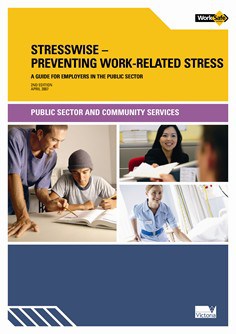Some old-time safety professionals are struggling with the inclusion of psychosocial hazards in their safety management programs. Some deny the relevance of sexual harassment to their duties and hope that the issue can be contained within the human resources department, the “dark arts” of workplace safety.
Many of these same safety professionals are calling for more evidence-based decisions on workplace safety.
Evidence is now in on the social and work impact of sexual harassment. Australia’s Human Rights Commission has issued Effectively preventing and responding to sexual harassment: A Code of Practice for employers‘ which states on page 48
Employers have a common law duty to take reasonable care for the health and safety of their employees. This common law duty is reinforced by occupational health and safety legislation in all Australian jurisdictions.
An employer can be liable for foreseeable injuries which could have been prevented by taking the necessary precautions. As there is considerable evidence documenting the extent and effects of sexual harassment in the workplace, it has been argued that the duty to take reasonable care imposes a positive obligation on employers to reduce the risk of it occurring.
A work environment in which an employee is subject to unwanted sexual advances, unwelcome requests for sexual favours, other unwelcome conduct of a sexual nature, or forms of sex-based harassment, is not one in which an employer has taken reasonable care for the health and safety of its employees. A work environment or a system of work that gives rise to this type of conduct is not a healthy and safe work environment or system of work. An employer could be regarded as not having acted reasonably to prevent a foreseeable risk if practicable precautions are not taken to eliminate or minimize sexual harassment in the workplace.
Failure to fulfil the duty of care can amount to a breach of the employment contract as well as negligence on the part of the employer. This means that an employee who has been harmed could bring an action against their employer in contract or tort.
The guide can do with considerable translation to what businesses see as useful codes of practice in the application of safety management but perhaps that is for the private sector and State OHS regulators to work on.
There seems to be enough information available now on sexual harassment, fatigue, bullying, violence, fitness for work, shift work, depression and other matters, that the safety profession should be more embracing of these concepts in their own planning. Let’s hope that in this discipline we do not have to wait for generational change to achieve a change in approach.


